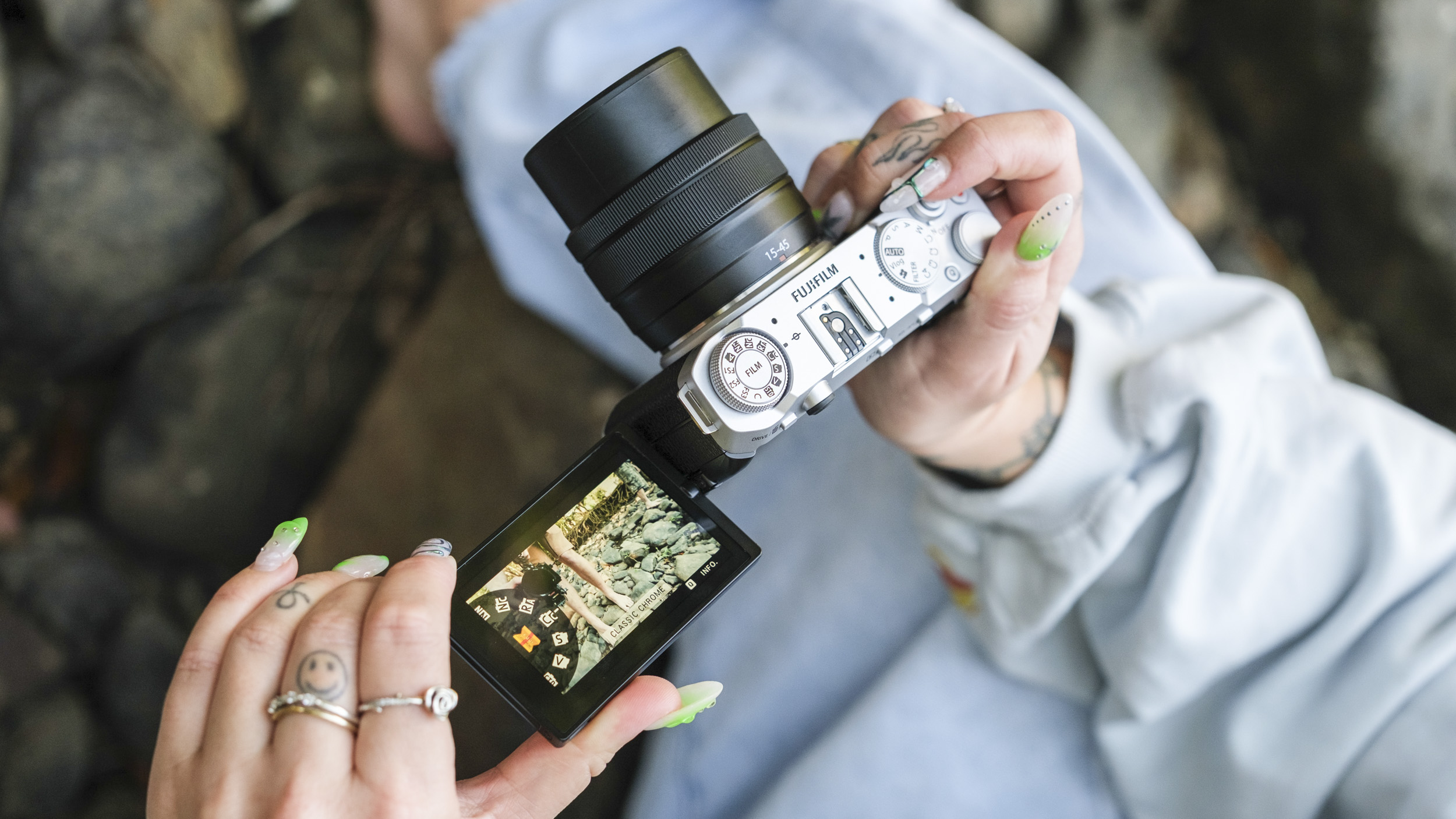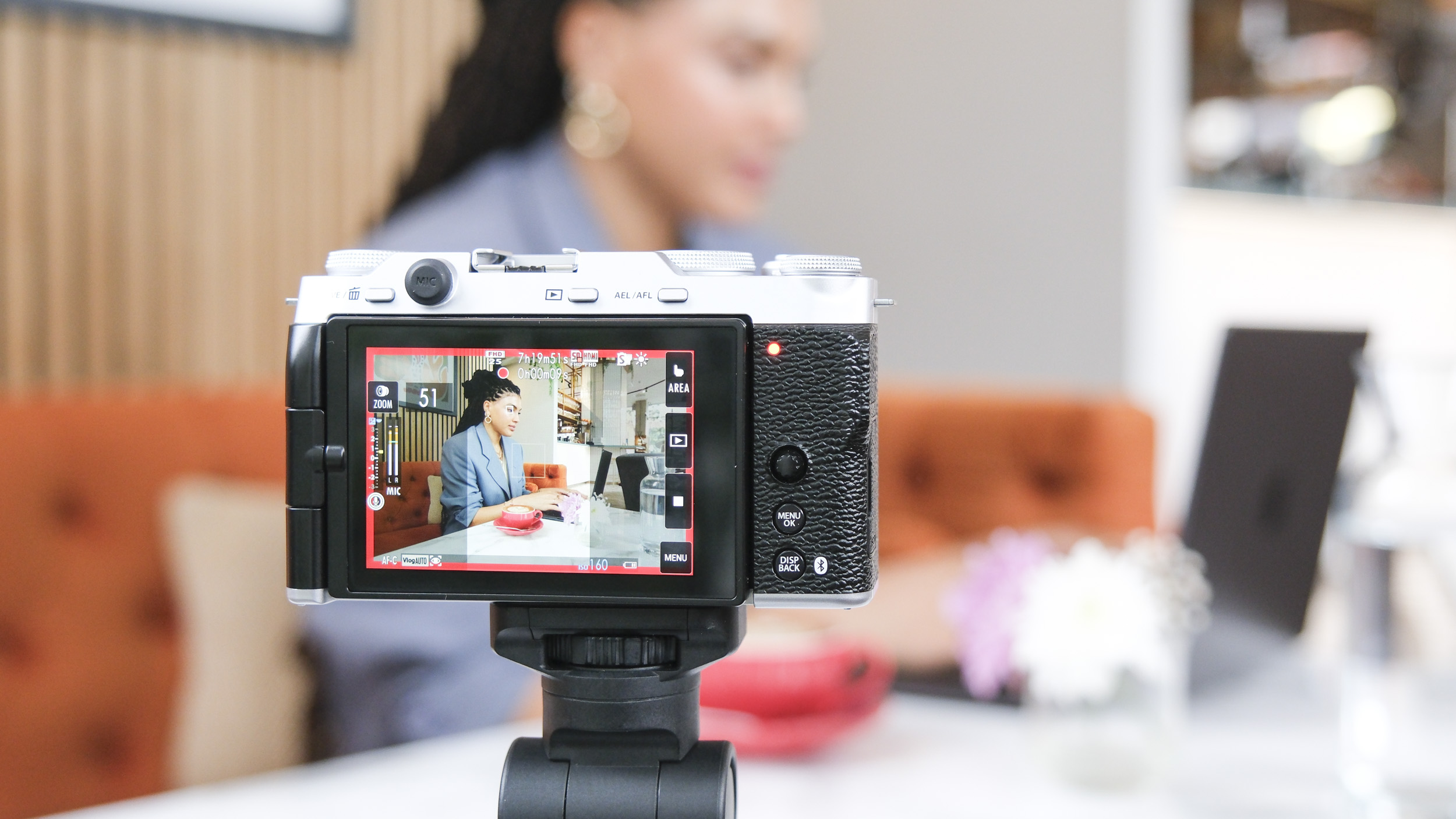Click here to visit Original posting
Fujifilm has unveiled a new video-focused beginner mirrorless camera, the X-M5. It's positively tiny and very powerful, being Fujifilm's smallest and lightest X-series camera (in its current lineup), while packing video features ranging from 6K video in color-rich 10-bit to an all-new 9:16 vertical video mode.
As with the X-T50, you get Fujifilm's trending Film Simulations on tap, 20 of them in all, accessible through a dial on the top of the camera. And the retro aesthetic doesn't begin and end with the camera's dials – the faux leather finish is the classic Fujifilm look that many creators have come to love.
Starting at $799 / £799 / AU$1,449 body-only, the X-M5 joins the X-T30 II as the cheapest X-series camera available. It boasts better video features and Fujifilm's latest autofocus algorithms, with improved subject detection AF. However, the X-T30 II looks a better bet for photographers given that it has a viewfinder for composing shots.
All round, the X-M5 offers incredible bang for buck, so is it the perfect starter camera? I've already shared more thoughts in my X-M5 hands-on review, and my takeaway is that's while there much to love about the camera, it misses one key feature.

If I had one wish
The X-M5 is a feature-rich camera, and you'll struggle to find a better hybrid camera for the money. In addition to 6K internal 10-bit video recording you get 4K video with cinematic 60fps plus slow-motion 240fps recording in 1080p resolution.
There are also a few firsts for Fujifilm. The X-M5 has triple internal mics that can be used individually or together in combinations, ideal for isolating a voice in front of and/or behind the camera (complete with 'steady state' noise reduction), plus wired USB file transfer from camera to phone for fast and reliable uploads. That high-resolution 6K video also provides enough detail for a new 9:16 vertical video mode (see picture, below) which records at 1080p resolution without you needed to rotate the camera, together with record-time presets for social.
These are all superb features for content creators, and the 26MP APS-C sensor and X-Processor 5 engine combination is exactly the same as in the pricier Fujifilm X-S20. So surely the X-M5 is an outright hit? Well, not quite.

As a video-focused model, the X-M5 sits below the X-S20, and the two models actually share many of the same features, despite the big difference in price. While the X-M5 costs $799 / £799 / AU$1,449 or $899 / £899 / AU$1,649 with the 15-45mm kit lens, the X-S20 costs $1,299 / £1,249 / AU$2,349 (although it's currently 10% off).
So where do the two models differ? Mainly in design. I've unpacked this more in my hands-on review, but the one key feature that the X-M5 lacks is in-body image stabilization (IBIS) to smooth out handheld videos. No beginner camera has this feature, but the X-M5 is otherwise so capable that the absence of IBIS is noticeable. It has digital image stabilization instead, which is far less effective, plus it imposes a minimum 1.32x crop of the image area.
Of course there are other reasons why the X-S20 costs more. But if I was to add one feature to the X-M5, it would be IBIS. With that feature, it would feel like a complete video camera for beginners. Add its tiny form factor, paired with, say, the 27mm f/2.8 pancake lens, and it would also be a powerful walkaround camera for photography. Still, the X-M5 is a super-impressive addition to Fujifilm's retro range of mirrorless cameras, and it hits the shelves on November 14.